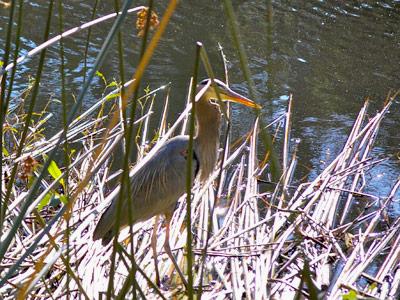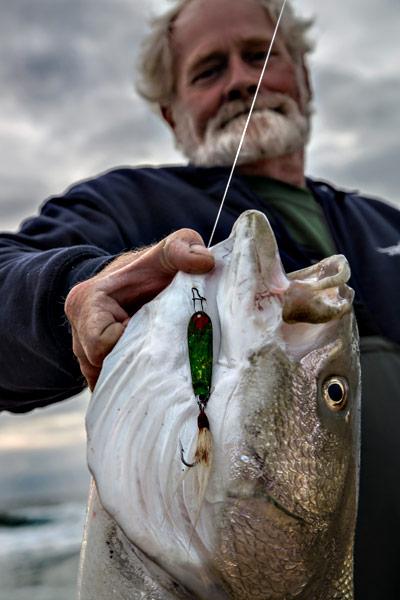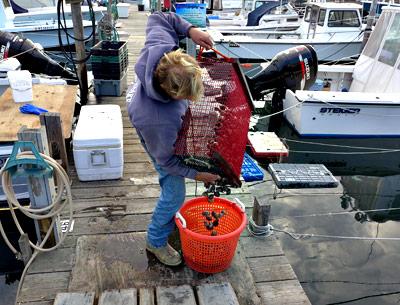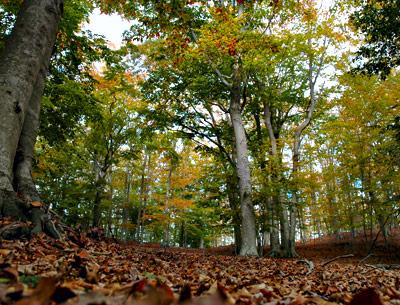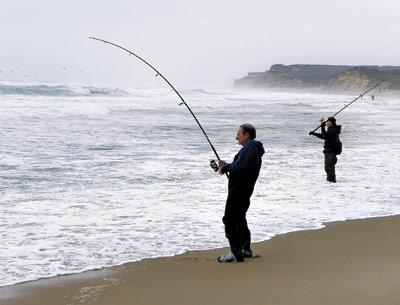Nature Invented It First
Nature Invented It First
As we continue on into the tech era, after digging out from the post-industrial era, I wonder, what comes next? There are thousands of new patent applications for thousands of new inventions every week. Very few of them will ever see their way to market. Just about every past invention and every one in progress is in some way derived from from nature. Nature’s inventions are not intentional; they arise by gene mutations, adaptation, and natural selection via the process of evolution. For every success there are hundreds of failures. But when a good one comes along, say, the air-breathing lung from a line of fishes and the earliest amphibians, it radiates into several permutations, which give rise to several different but parallel evolutionary lines.
One of the most well known of such revolutions in nature is seen in Darwin’s finches populating the Galapagos archipelago. It is almost taken as a fact that a pair of finches from South America populated the Galapagos early on and, by way of separation onto different islands over time, evolved into several different species with several different niches. Most finches have relatively heavy beaks for crushing nuts and seed, but some of the Galapagos finches have evolved fine beaks for probing into small holes and crevices to get insects.
While early reptiles were perfecting their scales, one of the earmarks of modern reptiles, a few were simultaneously “inventing” feathers. No feathers, no flight, well, at least not in birds. Some birds — the ratites — gave up their flight feathers and developed strong and long legs for walking and running. One of them was the elephant bird, or moa, of New Zealand, standing seven feet high at the shoulders. Its gigantic size has never been duplicated, though African ostriches come close to their extinct cousins. Funny, different ratite species are found in Africa, South America, and Australia (and a few others parts of Oceania), as are three different species of lungfish — disjunct remnants of a common Pangea origin, the biologists would have it.
Insects also developed flight early on. The number of flying insects outnumbers the non-flyers by more than 1,000 to 1. Mammalian bats were the last to develop flight, and though they’re jerky, they’re good at it. We didn’t invent the flying machine until the end of the 19th century. Some birds, insects and bats fly as far as world jetliners do. And they leave no carbon footprints! Nature is pretty good at inventing things.
Take some simple long-lived Homo sapiens inventions, the hinge for example. While some plastics have lately been fastened into hinges for containers and so forth, the metal hinge has been around since the early A.D. years, but the bivalve shellfish invented the hinge much earlier, 300 million years or so ago. Think of the quahog for a moment: It can live 50 years or longer. It develops the hinge in its first year after metamorphosing from a swimming larva, and it keeps (and continually) repairs the same hinge over its life span.
Man didn’t invent music. Birds have been singing in various keys, tonal and atonal, for 40 million years or more. Dolphins sing a variety of songs in the seas. Insects chorus but not with their mouths. Thus nature developed instruments — stridulators in insects, air bladders in fishes, expandable gular pouches in amphibians, and so on. Male ruffed grouse don’t have much of a song but they beat their wings on the ground or a log to produce a drumming which can be heard from hundreds of yards away to attract females.
How about the gyroplane, helicopter, or hovercraft? Its origin is almost as old as the airplane. Did Igor Sikorsky get the idea from watching hummingbirds and dragonflies, or was he a student of Leonardo da Vinci? The first two have been moving up and down, back and forth, side to side, and so on for millions and millions of years, and when they do so they are much, much quieter.
I got a flu shot two weeks ago. My doctor used a hypodermic needle or syringe, ouch! The female mosquito has had a darn good syringe since before the evolution of modern man. When she sticks me with it I don’t feel a thing.
Echolocation helped win World War II. We’ve all heard those pings in the movies as the anxious sweating submariners below tried to figure out how close the destroyers were above them. Sonar! We didn’t invent it, bats did. They send out sound waves that reflect back from flying insect to pursue and catch them in complete dark. A hearing-impaired bat is a dead bat.
Landscaping and garden pruners and loppers? If you’ve ever been bitten by a lobster or a blue-claw crab you can appreciate the origin of these tools. What about bows and arrows, slingshots, and other projectile shooters? The archer fish at the Long Island Aquarium and in nature can accurately shoot a stream of water several feet high from the surface to knock insects down from branches and other perches.
The spitting cobra can spit in your eye from 20 feet away. Never sneak up on an octopus or giant squid from behind.
Monkeys are lousy walkers so they invented the swing. Long-distance migrators, some fish and many birds that fly at night, have had a GPS since migration became an annual way of life. Unfortunately daytime migrators, such as the federally protected golden eagles, depend on sight. That’s why more than 50 of them have been killed by wind turbines in the last 10 years or so.
As far as trapping and catching implements go — fishnets, clam rakes, Havahart traps and the like — spiders have some of the best equipment of all. In the early evening the yellow, brown, and black garden spider, Argiope, can spin a beautiful cylindrical web two feet in diameter with trip line and all in a matter of hours. It can take it down the next morning in the same amount of time. The trapdoor spider adds a special device to its web to spring open at the slightest insect intrusion. Sea anemones aren’t bad trappers, either, and what about the Venus flytrap and the pitcher plant?
Who first invented the woven basket made from reeds and grasses? Not early man. Many songbirds such as the catbird, oriole, robin, and red-winged blackbird are expert weavers. They could make their basket nests watertight, as some expert aborigine weavers could, but a watertight nest would have zero reproduction potential. These birds also exercise common sense.
Swim fins come from frogs and waterfowl. The former threw in the “frog kick” as well, while paddlewheel boats partly owe their origin to the latter. Knives are very old in the making, dating back to 6,000 B.C. and earlier. If you have ever been spurred by a rooster (I have) or a turkey, you will know the inventiveness of nature.
I’ve only scratched the surface. We’ve learned only recently that elephants know how to point. Sign language, anyone? We humans are clever, there is no denying that, and we are certainly inventive, but so is nature. If we only took the time to observe and examine it and all of its wonderful inventions maybe we would we not be so big on ourselves. Fur coats? Did someone mention skunk?

